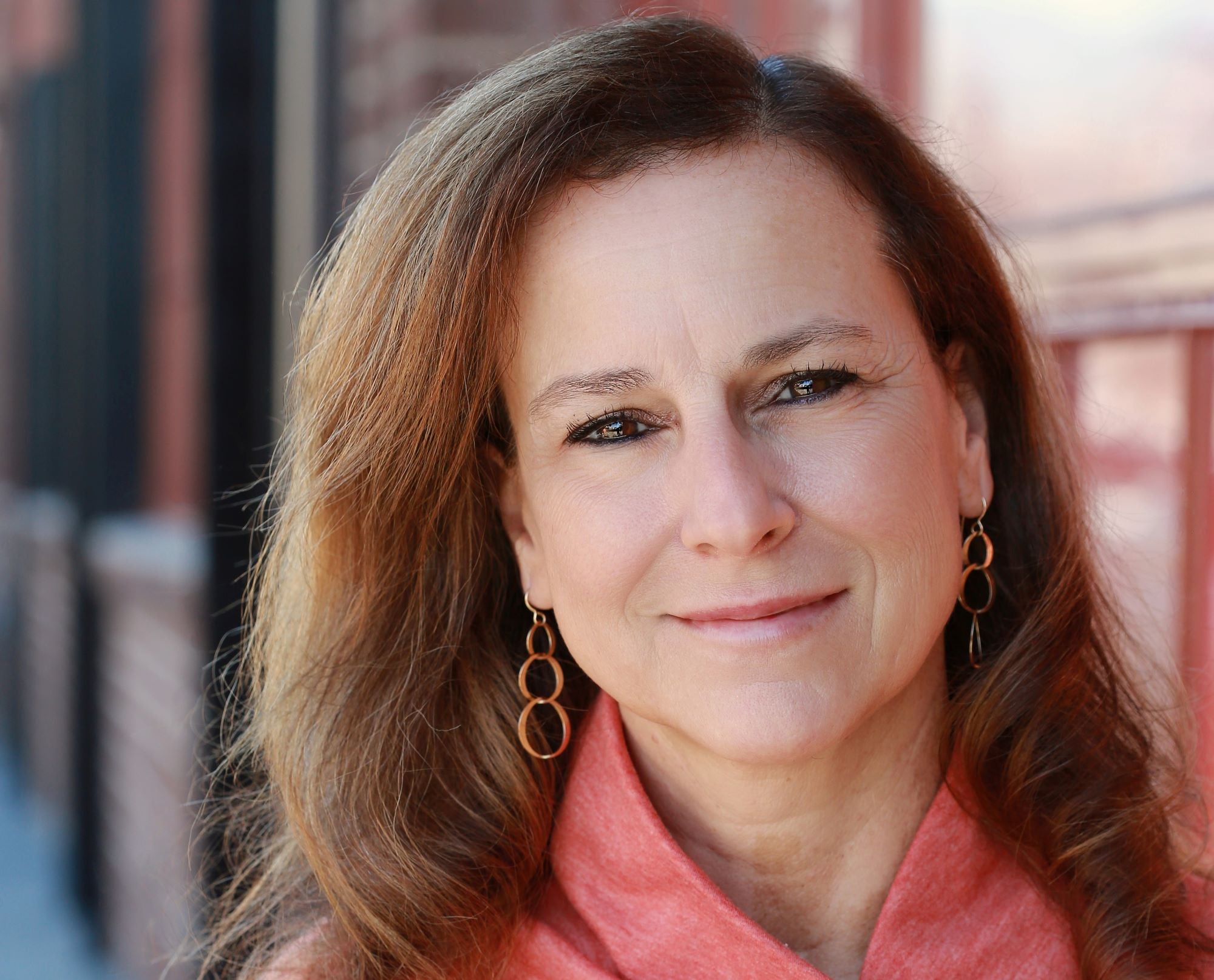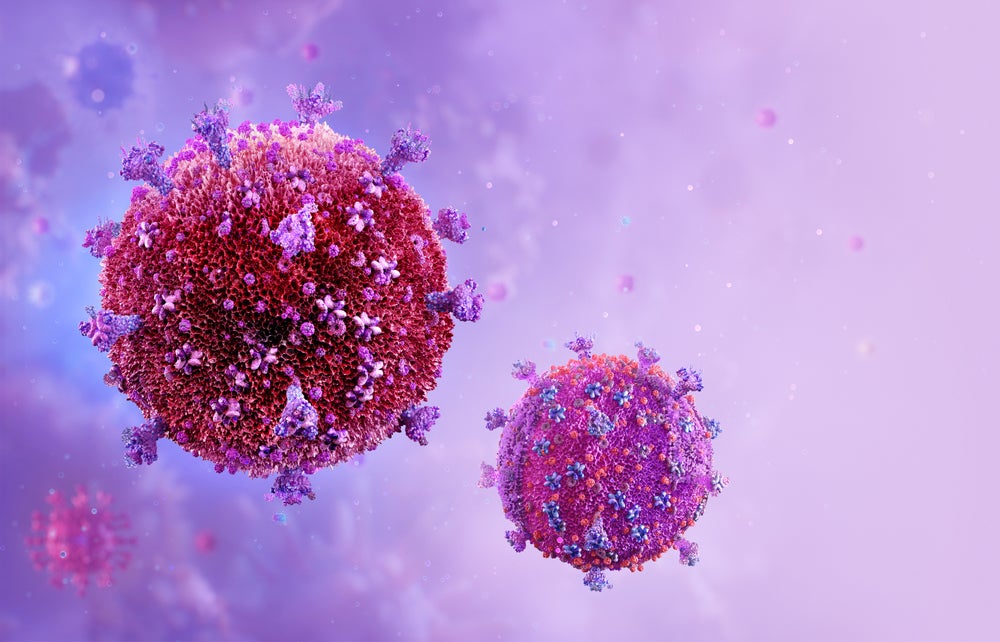
The healthcare industry’s spur to innovate in response to the Covid-19 pandemic has been both impressive and necessary. Perhaps one of the most important areas of innovation has been in clinical research, the very process that has bought us multiple safe and effective vaccines against SARS-CoV-2 in record time. To be able to continue conducting research during social distancing measures and lockdowns, the industry has made a seismic shift towards decentralised clinical trials (DCTs).
In a recent GlobalData survey, 61% of respondents said that the pandemic accelerated the movement towards DCTs. In a separate Vivalink survey 44% of respondents said they have adopted a remote patient monitoring strategy or plan to within 12 months, while nearly all respondents (94%) indicated continuous data capture was somewhat or very important in their trials.
While the shift away from the brick and mortar sites has been invaluable for continuing to conduct trials throughout a pandemic, many CEOs and thought leaders in the clinical research space are trying to ensure that researchers maintain the human element, even in a decentralised trial. Not only does this improve the patient experience, it also allows them to capture better data and keep patients retained and connected to the study.
Founded in 2015, Hawthorne Effect is a San Francisco- based platform for DCTs that works hard to maintain that human element with their Hawthorne Heroes, a network of medical professionals embedded into communities to conduct home health visits, collect real-world data and support patients participating in trials. The company now has Hero networks in the US, Europe and Africa.
Clinical Trials Arena spoke with the firm’s CEO and founder Jodi Akin to discuss how the industry handled the move to decentralisation during the pandemic, how Hawthorne Effect’s ‘Heroes’ are enabling trial diversity and how the company helped with Operation Warp Speed – the program initiated by the US to facilitate and accelerate the development, manufacturing, and distribution of COVID-19 vaccines, therapeutics, and diagnostics.
How well do you really know your competitors?
Access the most comprehensive Company Profiles on the market, powered by GlobalData. Save hours of research. Gain competitive edge.

Thank you!
Your download email will arrive shortly
Not ready to buy yet? Download a free sample
We are confident about the unique quality of our Company Profiles. However, we want you to make the most beneficial decision for your business, so we offer a free sample that you can download by submitting the below form
By GlobalDataKezia Parkins: What sets Hawthorne Effect apart from similar DCT firms?
Jodi Akin: The principle on which Hawthorne Effect was founded is to complete complex clinical trials that require a high level of data quality while making it easier for patients to participate. We recognise that one of the major challenges in the operations of clinical trials is not only recruiting patients but keeping them retained, having consistent data and being in communities that are more representative of the general population.
It wasn’t founded to be specifically a tech stack or an iterative improvement in workflow operations, but to be something next generation in terms of how to think about clinical trials. I think the real differentiator is the origin and looking at how we get to those communities and how to reverse engineer the study visit, which, in my view, is so essential.
If we’re thinking about a clinical trial that has a sample size of 1,000 patients, for example, and each patient has to revisit the clinical site ten times, that’s 10,000 study visits. Inside those study visits there may be 15 assessments or procedures that occur. Now we’re in the tens of thousands of assessments, and millions of data points. We looked at how to break that down and solve the problem of accessibility, but at the same time get high quality and consistency of data.
I think that by itself differentiates us, because we went after the study visit as the core and then built that and made it scalable. The tech stack was designed so that it not only addresses workflows of visit management but also the data collection and source document collection.
KP: How do you think the pandemic lit a fire under innovation in healthcare?
JA: Before, we were a little bit below the radar and then all of a sudden, clinical trial visits came to a standstill. Even in the most complex trials, we did not need to compromise what was collected in the visit because we were already equipped and designed to do the full study visits, end to end in the home. For us, there was no shift or pivot.
Covid-19 was a no turning back point. Regulators, academics, CROs and sponsors of clinical research are all now welcoming the conversation around being innovative in clinical trial design and using technology and decentralised models.
I have a bit of a caveat about that, though. I do think there’s no turning back and that’s great, but I also think the onus is upon the industry to ensure that we’re improving and increasing the quality of the clinical research, the very foundation of why we do what we do. I think there’s a lot of work to be done in demonstrating that the decentralised models have that level of quality and create the level of confidence all the decision-makers need in the data that we’re delivering.
KP: What do you think of the industry’s rush to decentralise? Do you think it did well? Where could it have done better?
JA: I do think we should have a collective responsibility to ensure that the reason we do trials in the first place isn’t lost in the shuffle, and that is to make assertations about the response to a new therapy or combination of therapies.
In the early days of Covid-19, the US Food and Drug Administration (FDA) came out with guidance recognising that all of a sudden there was a trial discontinuity problem, stating it understands there will be missed visits so do your best to get any kind of data in any form via telephone or telepresence.
At the end of the day, when you hit the button to do your analysis, missing data is extremely problematic. Even though the FDA said ‘do your best,’ the onus is still upon us to ensure that there is high-quality data and that there is a long-term plan about how that would be managed.
I heard excellent clinical institutions, investigators and coordinators say, ‘oh, it’s okay if we miss visits if the FDA said it was okay,’ and it’s not. In the aftermath of the pandemic, there have been submissions of clinical trials to the FDA for product approvals, where there was too much missing data and they’ve either failed or the regulator has asked those sponsors to go back and repeat the trials or do extensive follow-ups. I think, possibly, there was a too liberal interpretation of what we were required to collect on the patient’s behalf.
KP: Can you explain the importance of maintaining the human element in DCTs?
JA: I was a critical care ICU nurse so for me that rich experience of patient connection is the driving inspiration, understanding how patients respond to medical professionals and vice versa, building that trusting relationship.
You see so much more about that patient when you are in their home as you’re going through the assessment, so the visits are always somewhat intimate. Plus, I think the quality of the assessments and questionnaires are just so rich because the patients are not rushed, or in a clinic, in a hospital gown. They are comfortable and in their own clothes.
I often say apps don’t draw blood. We have so many technological tools and we will gain more over the next decade, but there’s still nothing like that human observation. I think that we should always ensure that we can integrate that element in an efficient way.
KP: Can we talk about the issue of diversity in clinical trials? How is Hawthorne Effect helping to overcome this problem?
JA: The problem of trial diversity, generalisability and continuity has plagued us for decades. It happens to be that the causes are very similar and have a lot to do with accessibility. Geography and logistics are two aspects of this, but not the most important. There are also issues of culture and financial security, as well as issues of knowledge and trust in the system. We’ve created a network of medical professionals who are coming from the very communities patients come from so there’s more localisation. What we’re seeing is that this is impacting recruiting patients into trials, because not only are the Heroes there to go see the patients, but they also know how to access those communities and introduce those patients into trials on their terms.
We talk a lot about real-world evidence. We can understand trends in healthcare outcomes by tapping into massive databases from health systems but the problem with that is an ascertainment bias. Unless someone’s accessing the healthcare system on a consistent basis, they’re not in the database. Therefore, I feel we still have to crack that code and meet patients where they are. There’s a lot of work to do but I’m very excited that we’re seeing those barriers break down through a distributed model like this one.
KP: On the topic of meeting patients where they are, I read that you were able to keep someone experiencing homelessness retained in a trial.
JA: This was in one of the US National Institutes of Health (NIH) Covid-19 Operation Warp Speed treatment studies in Texas. The patient had been admitted and treated, and because our platform was available to that site, the patient was discharged to a Salvation Army, knowing that there would be the ability for a Hero follow-up which was amazing.
One of the very first trials Hawthorne Effect supported was for a diabetes weight-loss trial in rural communities where we were brought in to go and get follow-ups. One patient was not being responsive, even to the home visit. Finally, our team reached the patient and I spoke with her. She said that she was ashamed because she was a meth addict and had fallen back into it, leading to her being non-compliant and gaining weight. She was afraid to have a follow-up because she didn’t want to disappoint the clinical trial. It was so amazing that she not only opened up, but it gave me the opportunity to share with her that that very information is invaluable to our being able to fine-tune treatments for everyone and she stayed in the trial. It’s that level of intimacy that I think is really powerful.
My ultimate dream is for people, patients, to realise that they are the real heroes of clinical research and are helping millions of people. When we raise our hand or volunteer to put our arm out for a new vaccine study, it’s not so scary if you have an ambassador like a Hero with you.
So, I really think we need to focus on education and letting the world know that clinical trials are the bedrock of medicine.
KP: How did Hawthorne Effect help with Operation Warp Speed?
JA: We work directly with clinical sites because we don’t want to disenfranchise them, or the coordinators, we want them to see us as a trusted partner. So by doing that, we first worked with institutions like The University of Stanford, The University of Pennsylvania, and other major institutions. From building that trust, one of the major academic coordinating centres for Operation Warp Speed introduced us to the NIH as a solution to be able to reach patients and ensure follow-ups in the pandemic. That started around December 2020 and within a week of getting the contract we were out in the field doing blood draws.
KP: What areas of decentralisation do you think will be most important to clinical trials over the coming years?
JA: The word decentralised connotes so many different definitions to different people, platforms and innovators. I think what’s most important is that it’s not just considered as an app or virtual driven concept but rather bringing clinical trials into communities and high-quality data.
The most important thing is that we carry not only the concept of high complexity and high quality, but that we use technology to raise that bar and drive efficiencies.
Also, something we never talk about is the cost of clinical trials which is a big issue for companies, but also the consumer. We pay for all of that innovation. That’s another point of consideration – as we expand, we’re not increasing the economic burden into the system.








